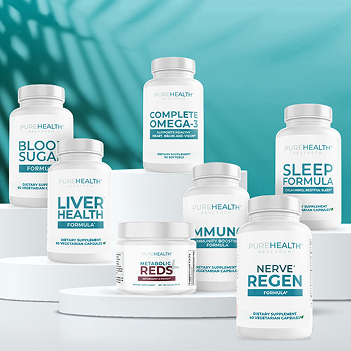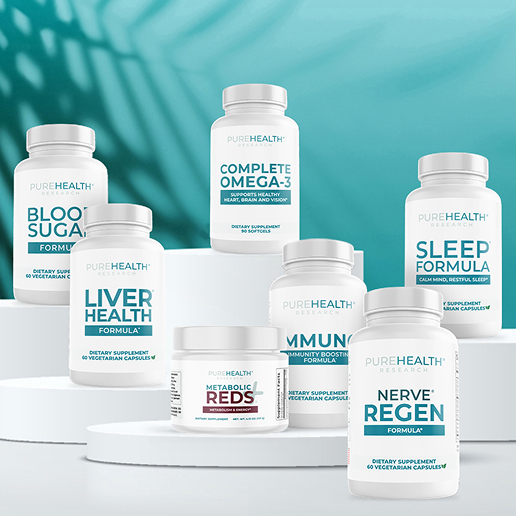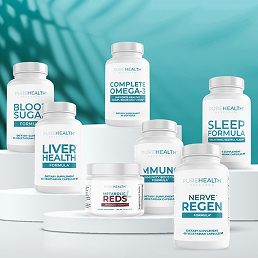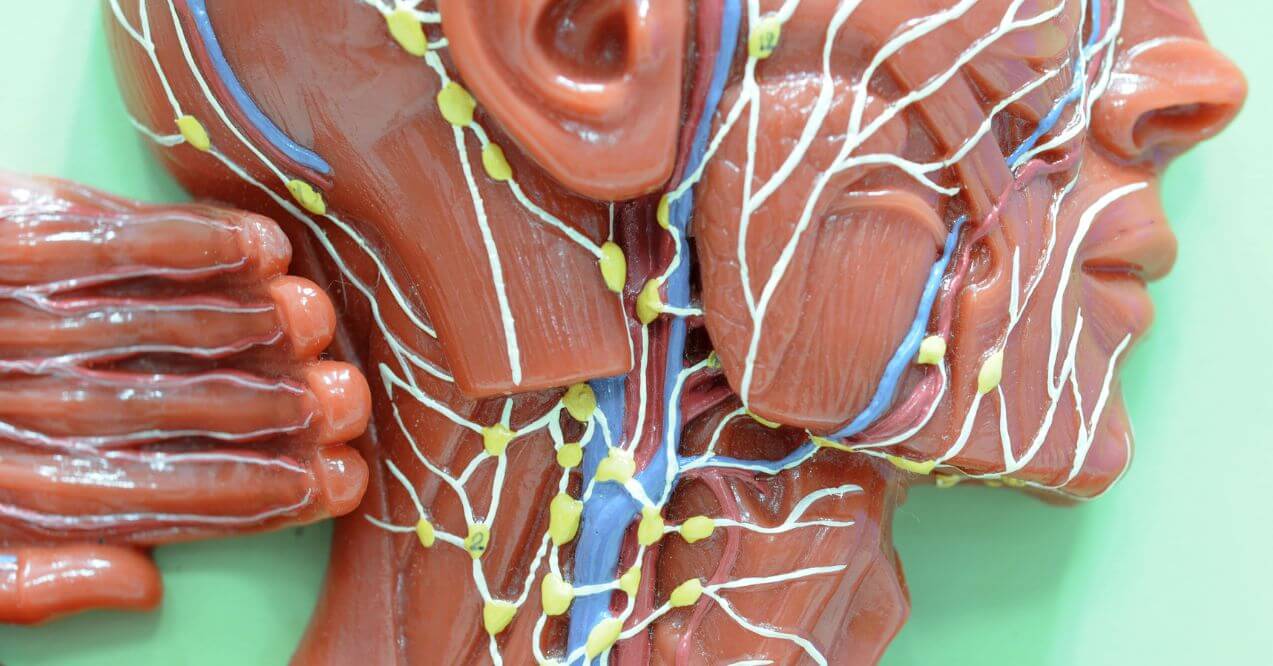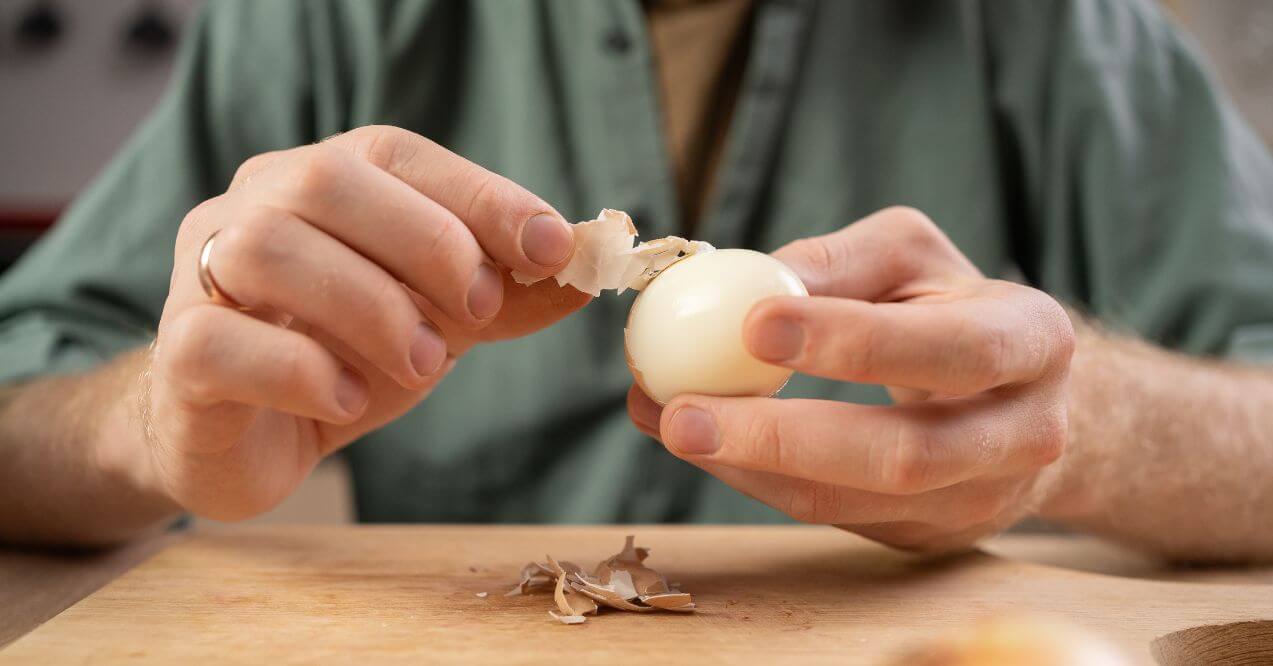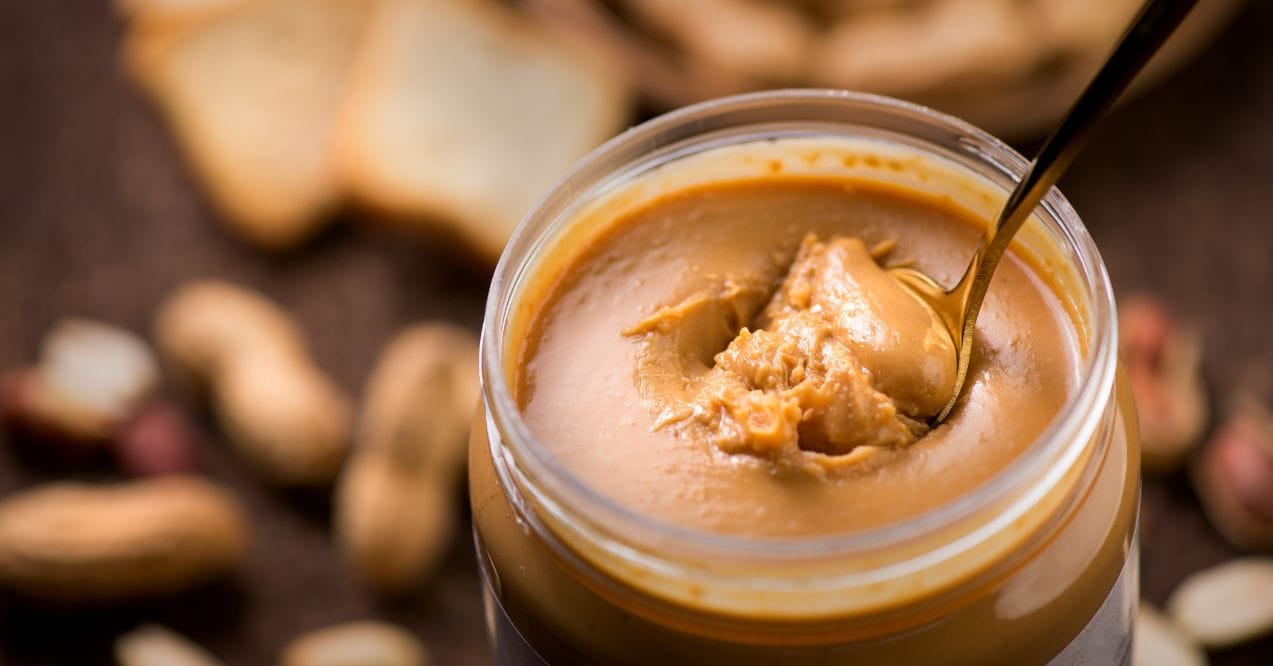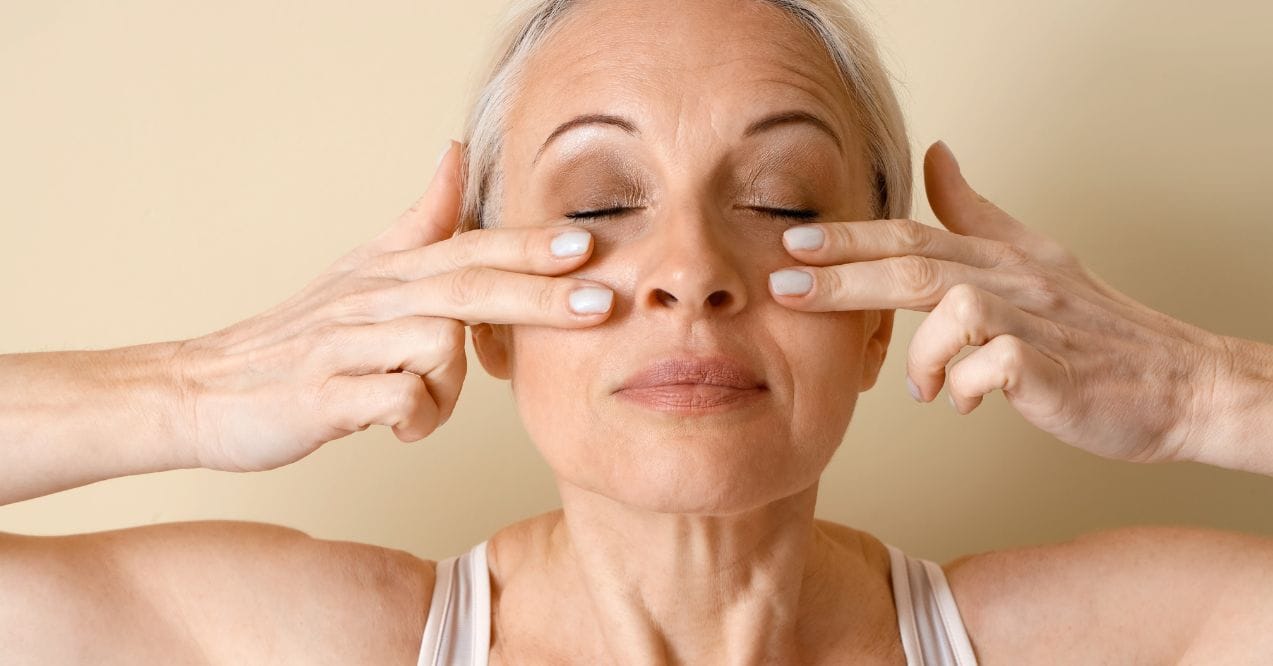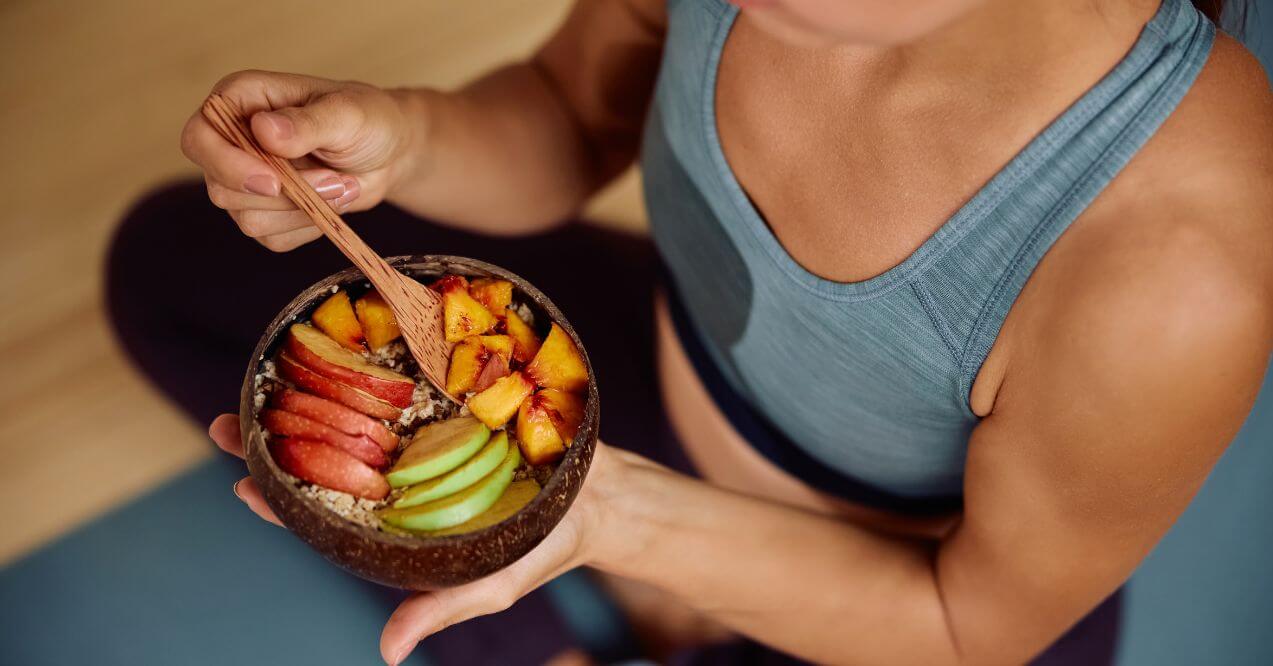9 Best Teas for Lymphatic Drainage
Detox naturally with tea for lymphatic drainage that supports circulation, reduces swelling, and keeps your lymph system flowing.
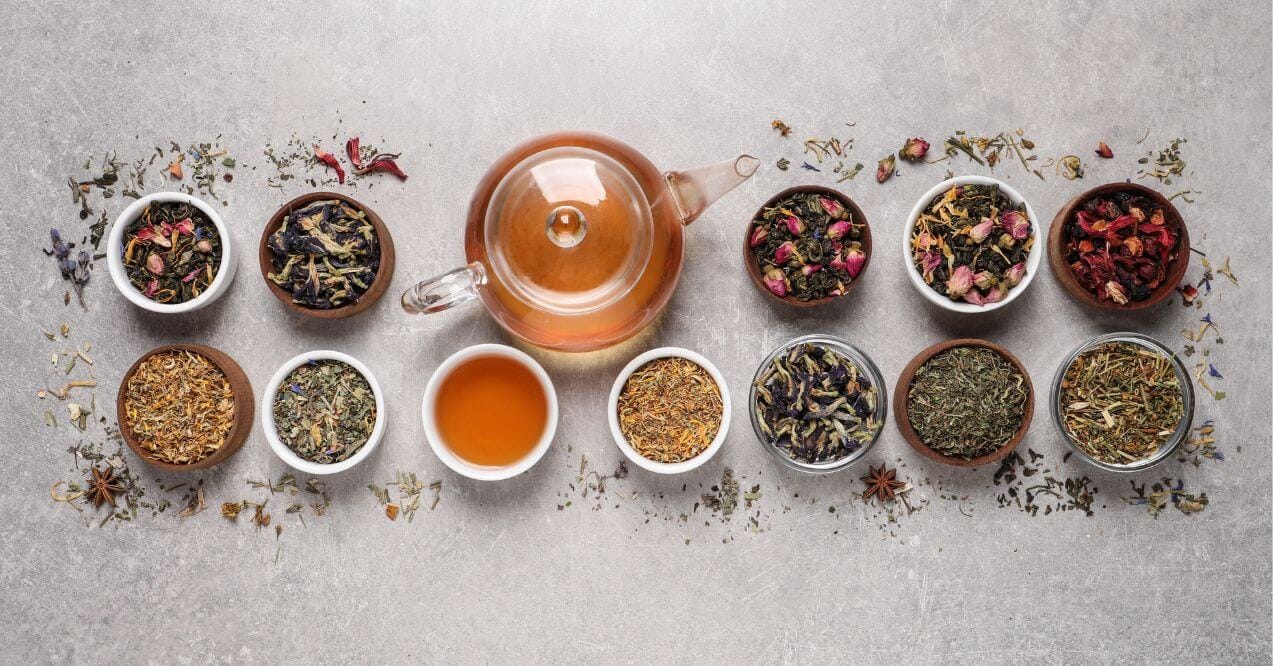

Tea for lymphatic drainage is gaining attention as people look for natural ways to support their body’s cleansing processes. The lymphatic system plays a key role in immune defense and waste removal, but factors like a sedentary lifestyle, poor hydration, and processed foods can slow it down. This can lead to fluid retention, fatigue, and increased susceptibility to infections.
Incorporating herbal teas into your routine may help stimulate lymph flow, reduce swelling, and support overall immune function. But what is the best drink for lymphatic drainage, and which teas are most effective? This guide will cover the nine best teas for lymphatic system support, how they work, and how to prepare them for maximum benefits.
How Tea Supports Lymphatic Drainage
Certain herbal teas contain natural ingredients that may support lymphatic movement. These types of tea for lymphatic drainage generally fall into three categories:
- Teas that help eliminate excess fluids (e.g., dandelion, nettle)
- Teas that support blood flow (e.g., ginger, red root)
- Teas that help reduce inflammation (e.g., turmeric, echinacea)
However, while herbal teas can encourage lymph flow, avoiding the worst foods for lymphatic system function is just as critical. Highly processed foods, excessive dairy, and refined sugars can slow down detoxification, making it harder for the body to eliminate waste.
Hot Teas – Promote circulation and may help dilate blood vessels, making it easier for the lymphatic system to clear waste.
Iced Teas – Still beneficial but may not stimulate circulation as effectively. Cold beverages may slightly constrict lymphatic flow.
For maximum benefit, aim for two to three cups of herbal tea daily and pair it with hydration and movement.
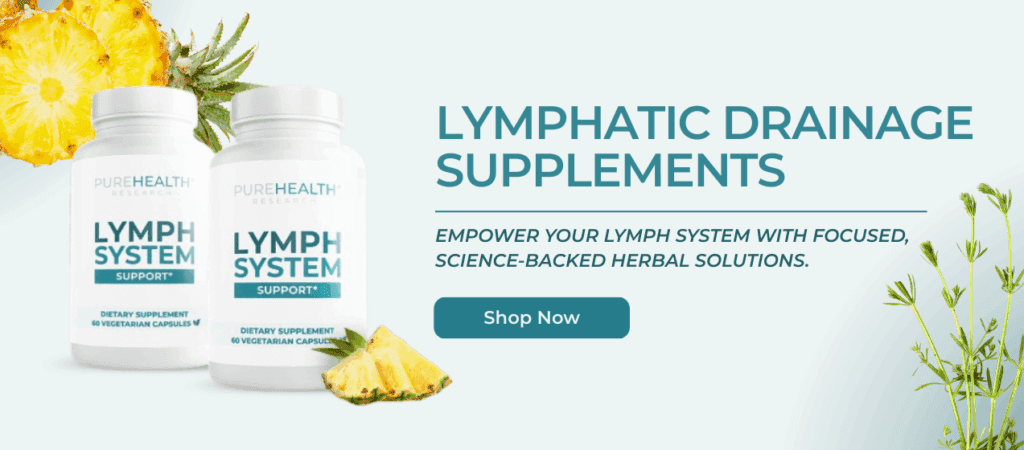
Teas for Lymphatic Drainage
Which teas provide the best support for the lymphatic system? Below are nine options, each offering unique benefits.
1. Red Root Tea
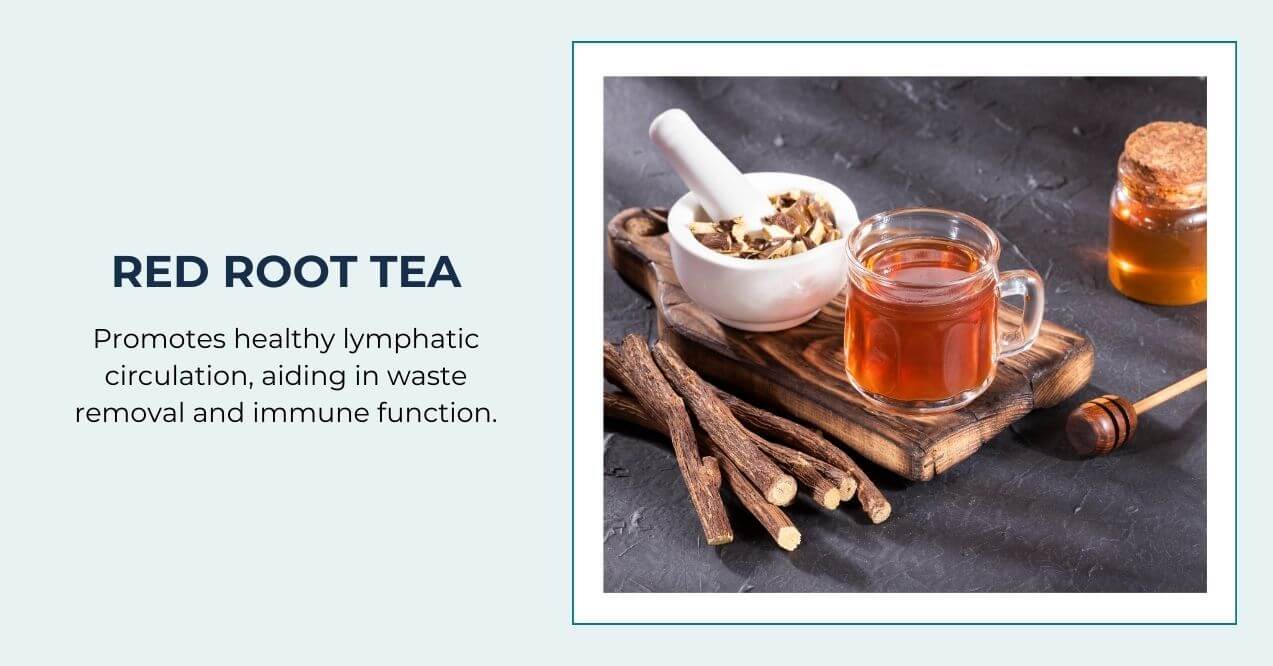
Red root has a long history of use in traditional Native American medicine, particularly for its ability to promote lymphatic circulation and address lymphatic congestion. This herb has been used as a remedy for swollen lymph nodes, often caused by infections or lymphatic stagnation. It is believed to enhance the function of the spleen, which plays a critical role in filtering blood and supporting lymphatic health.
Red root offers a powerful approach to supporting lymphatic health. Those wondering how to clean your lymphatic system will find that this herb provides a gentle yet effective method. By improving lymphatic circulation and encouraging waste removal, red root helps your body’s natural cleansing processes. It works to support the reduction of lymph node swelling, support immune function, and promote overall tissue health.
Traditional Use:
Native American tribes commonly brewed red root tea as a tonic for immune support, particularly during respiratory illnesses. It was also used to purify the blood and improve overall circulation.
Who Should Drink It?
- Individuals with swollen or tender lymph nodes.
- Those recovering from a cold or respiratory infection.
How Often to Drink
- 1–2 cups daily, especially during periods of lymphatic congestion.
2. Cleavers Tea
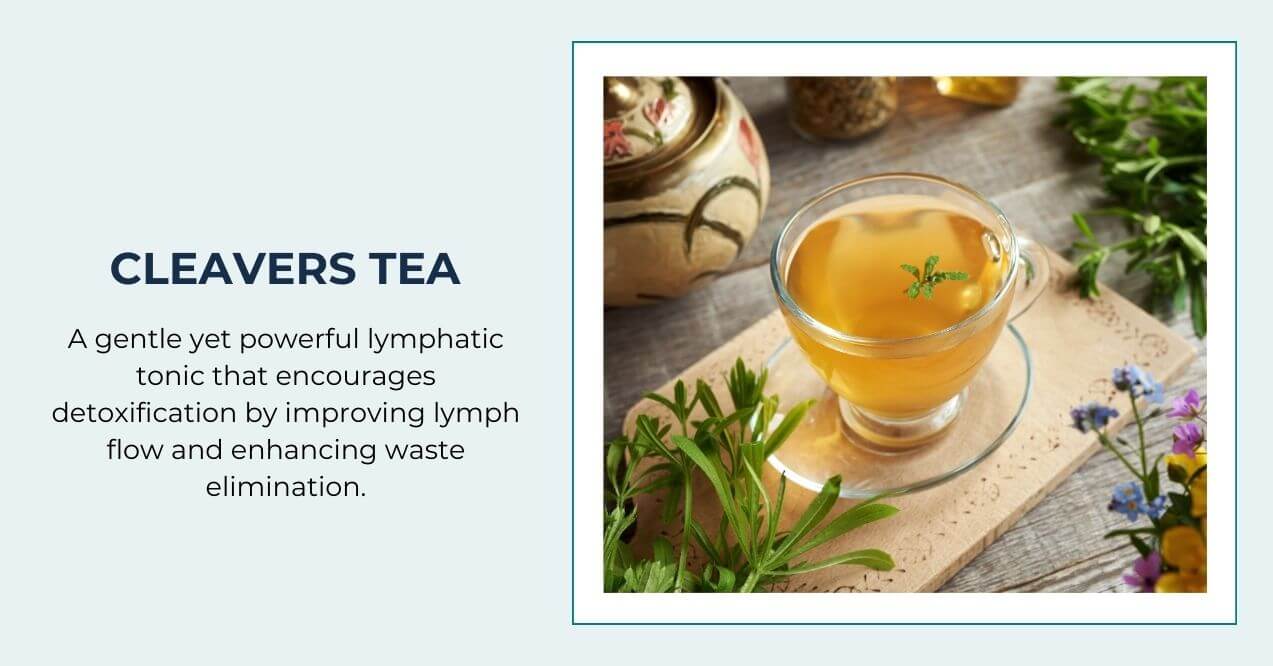
Cleavers is well-known in traditional herbal medicine as a powerful lymphatic tonic. It helps clear toxins from the body by supporting lymph flow and enhancing waste elimination. Cleavers tea is gentle enough to be consumed daily, making it an excellent choice for maintaining ongoing lymphatic health. It is also commonly used to relieve water retention, as it acts as a natural diuretic.
Traditional Use:
European herbalists have used cleavers for centuries to treat lymphatic issues, skin conditions like eczema and acne, and urinary tract problems. In some cultures, cleavers were added to spring detox regimens to “cleanse the body” and rejuvenate the body.
Who Should Drink It?
- Those seeking a gentle, daily lymphatic detox.
- Individuals experiencing mild swelling or skin issues linked to poor lymphatic function.
How Often to Drink
- 1–2 cups daily as a long-term lymphatic support tea.
3. Dandelion Tea
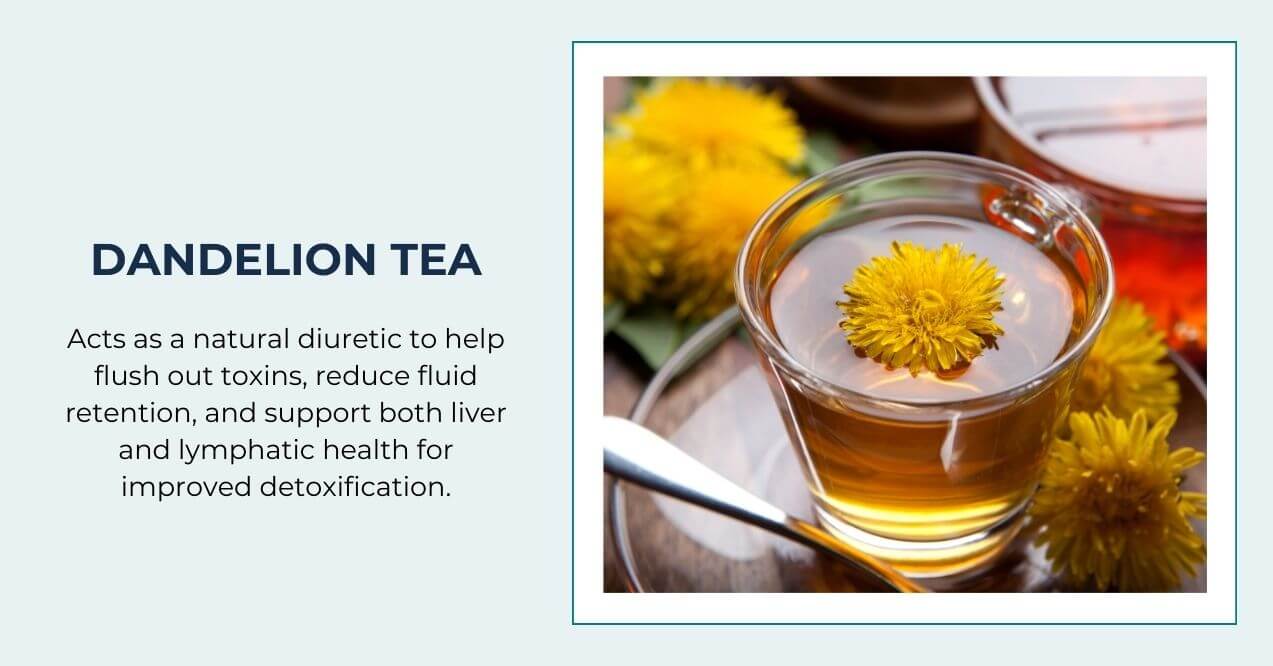
Dandelion is renowned for its ability to support the body’s cleansing processes. It acts as a natural diuretic, helping the body expel excess water and flush out toxins through the kidneys. This function works hand-in-hand with the lymphatic system, reducing water retention and promoting smoother lymphatic drainage.
Traditional Use:
Dandelion has been a staple in both Traditional Chinese Medicine (TCM) and European folk medicine. In TCM, dandelion is used to “clear heat” and detoxify the body, while European herbalists have long considered it a remedy for fluid retention and sluggish digestion.
Who Should Drink It?
- Those dealing with bloating or puffiness from fluid retention.
- Individuals looking to support both liver and lymphatic function.
How Often to Drink
- Up to 3 cups per day, especially after consuming salty or processed foods.
4. Ginger Tea
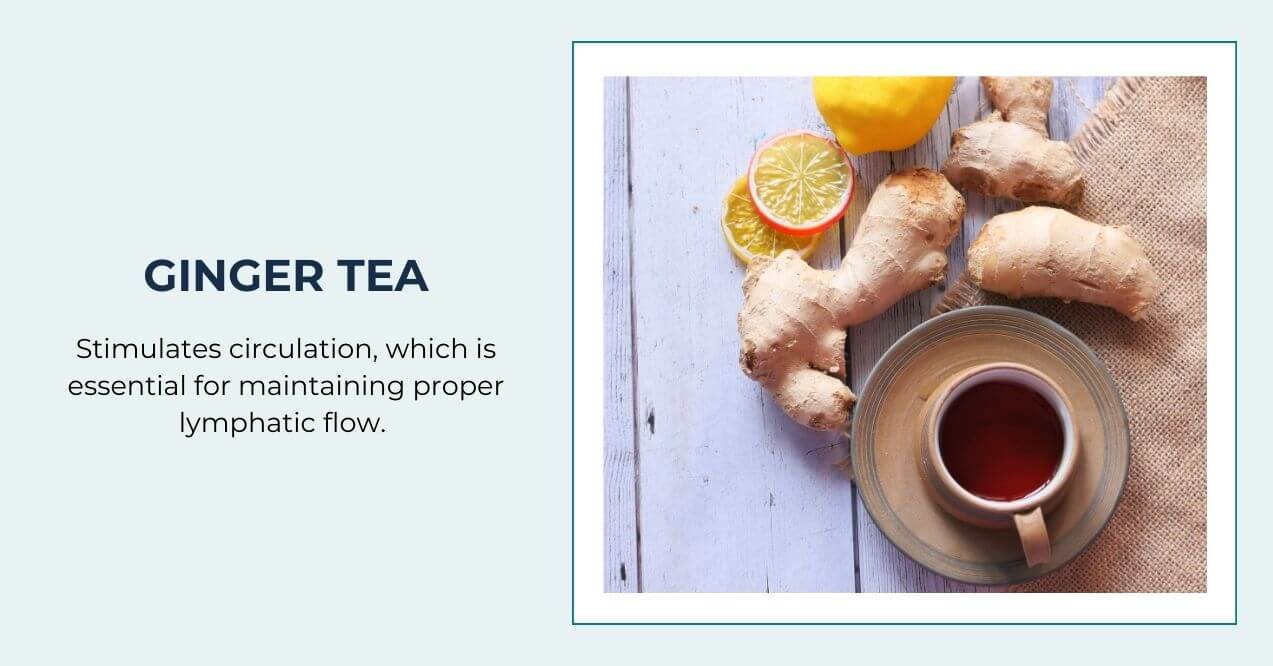
Ginger is prized for its ability to stimulate circulation, which is vital for maintaining proper lymphatic flow. It contains the bioactive compound gingerol, known for its anti-inflammatory and antioxidant properties. Ginger tea may help reduce swelling in lymph nodes caused by infections or inflammation.
Traditional Use:
Ginger has a long history in Ayurvedic and Traditional Chinese Medicine, where it is considered a powerful remedy for cold hands and feet, poor circulation, and “damp” conditions in the body. It has been used as a general tonic to promote vitality and reduce inflammation.
Who Should Drink It?
- Individuals with poor circulation or cold extremities.
- Those experiencing swollen lymph nodes or inflammation.
How Often to Drink
- 1–2 cups per day, especially in colder months or before physical activity.
5. Green Tea
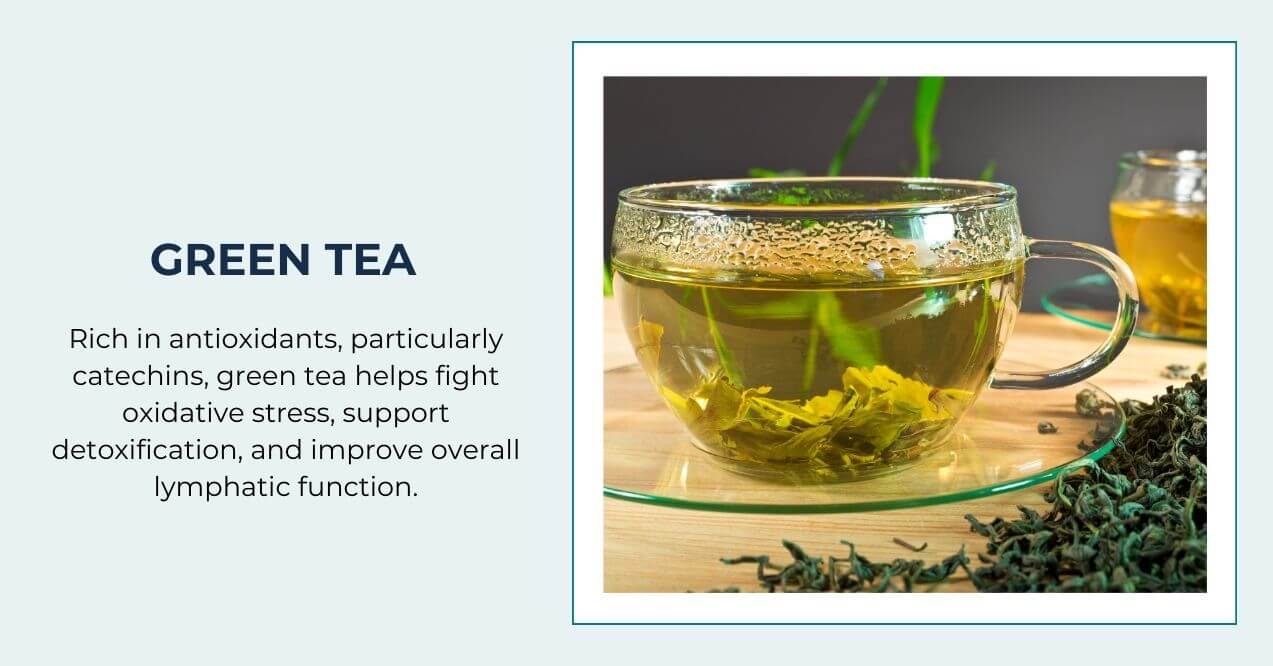
Green tea is packed with antioxidants, particularly catechins like EGCG (epigallocatechin gallate). These compounds are known for their anti-inflammatory effects and potential to support your overall welless.. Traditional Use:
Green tea has been consumed in East Asia for thousands of years as a health-promoting beverage. In Traditional Chinese Medicine, it is used to “dispel dampness” and support digestion, which are both indirectly tied to lymphatic health.
Who Should Drink It?
- Those seeking daily detox support with added antioxidant benefits.
- Individuals who want a mild caffeine boost along with lymphatic support.
How Often to Drink
- 2 cups daily, preferably in the morning or early afternoon.
6. Turmeric Tea
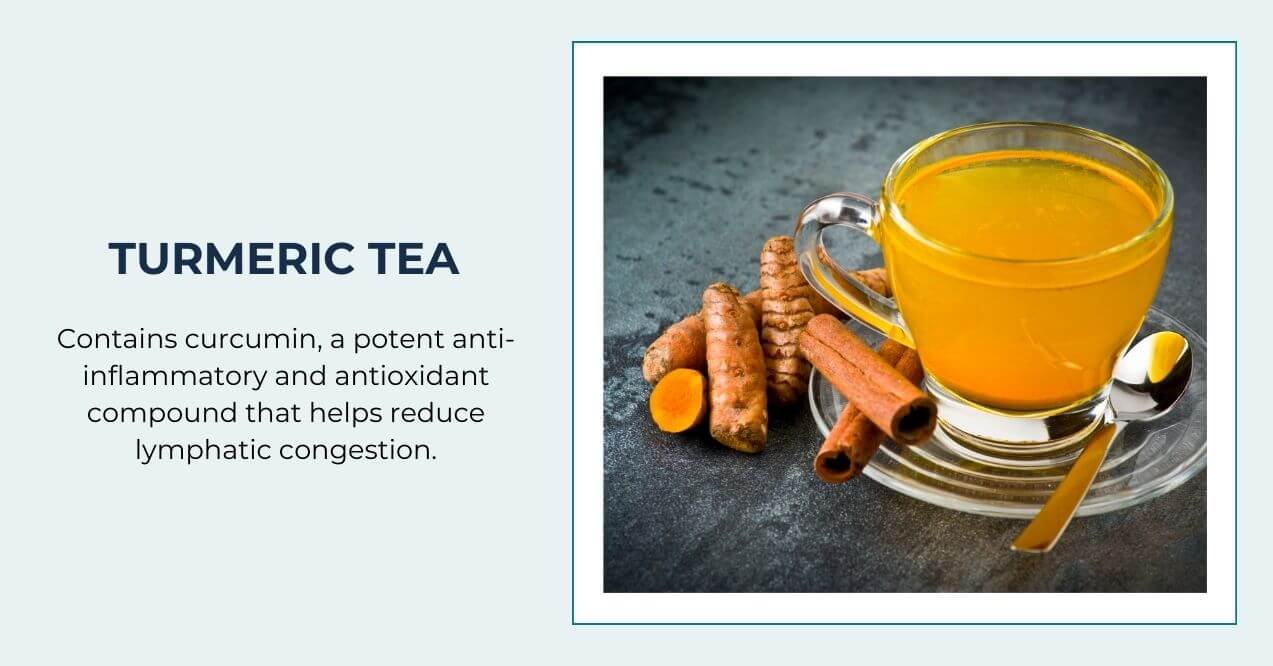
Turmeric contains curcumin, a compound known for its strong anti-inflammatory and antioxidant effects. By reducing inflammation in the lymphatic vessels, turmeric tea may help improve lymphatic flow and address conditions like swollen lymph nodes or lymphatic stagnation.
Traditional Use:
Turmeric has been a cornerstone of Ayurvedic medicine for centuries, often used to “cleanse the blood” and reduce inflammation. It was also considered a remedy for joint pain and sluggish digestion, both of which are indirectly tied to lymphatic health.
Who Should Drink It?
- Individuals with chronic inflammation or joint pain.
- Those with signs of lymphatic congestion, such as puffiness or tenderness.
How Often to Drink
- 1–2 cups daily, ideally with meals to enhance absorption.
7. Echinacea Tea
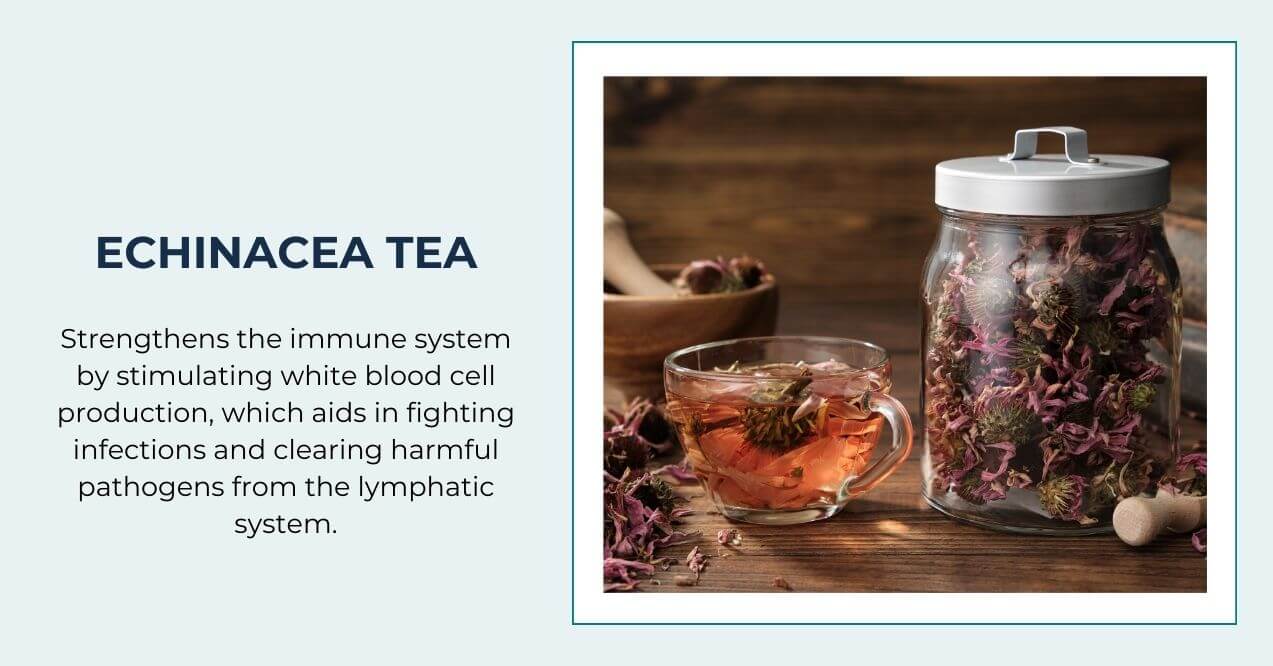
Echinacea is best known for its immune-boosting properties, which directly tie into lymphatic health. It stimulates the production of white blood cells, aiding the body in fighting infections and clearing pathogens from the lymphatic system.
Traditional Use:
Native American tribes used echinacea as a remedy for snake bites, wounds, and infections. It was later adopted in Western herbal medicine for immune and lymphatic support.
Who Should Drink It?
- Individuals prone to frequent infections or colds.
- Those needing an immune boost during high-stress periods.
How Often to Drink
- 1 cup daily, especially during illness or seasonal transitions.
8. Nettle Tea
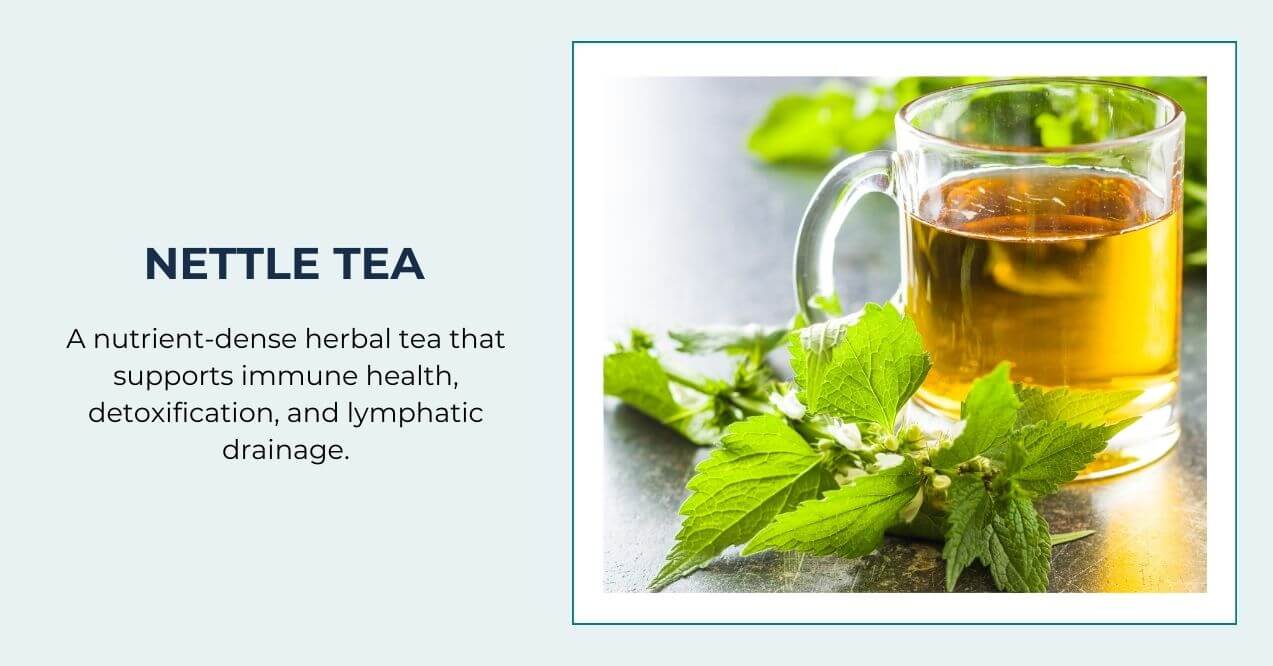
Nettle is rich in nutrients, including vitamins A, C, and K, as well as iron and magnesium. These nutrients support the immune system and overall detoxification, which benefits the lymphatic system. Nettle is also a natural diuretic, helping the body release excess water and reduce lymphatic congestion.
Nettle tea may also help with seasonal allergies, which can trigger lymphatic inflammation. Its anti-inflammatory properties soothe the body and support a healthier immune response.
Traditional Use:
Historically, nettle has been used in European folk medicine to treat kidney issues, skin conditions, and allergies. It was considered a tonic for overall vitality and strength.
Who Should Drink It?
- People seeking a nutrient-rich herbal tea for overall detox support.
- Those with mild seasonal allergies.
How Often to Drink
- 1–2 cups daily, especially during spring or allergy season.
9. Red Clover Tea
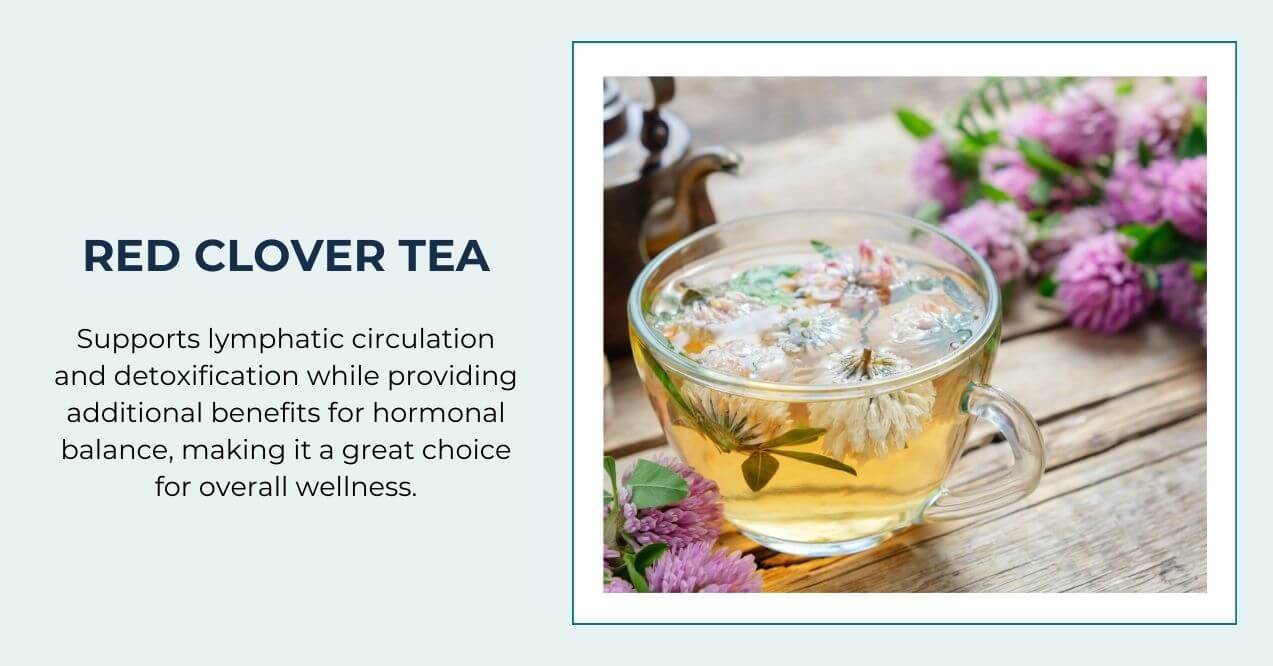
Red clover is known for its isoflavones, which may support lymphatic circulation and help cleanse the body of toxins.
Traditional Use:
In Western herbal medicine, red clover has been used to address skin conditions, respiratory issues, and hormonal imbalances. It was also part of traditional detox regimens for its “blood-cleansing” properties.
Who Should Drink It?
- Individuals seeking gentle detoxification and lymphatic support.
- Women managing hormonal imbalances or menopause symptoms.
How Often to Drink
- 1–2 cups daily, as part of a detox or long-term wellness routine.
Which Tea is Best for Your Needs?
Below is a guide to help match each tea to specific lymphatic concerns.
| Concern | Best Tea for Lymphatic Drainage |
| Swollen lymph nodes | Red root tea, echinacea tea |
| Water retention | Dandelion tea, nettle tea |
| Poor circulation | Ginger tea, red clover tea |
| Inflammation | Turmeric tea, green tea |
| Immune support | Echinacea tea, cleavers tea |
| Detoxification | Cleavers |
Limitations of Tea for Lymphatic Drainage
While herbal teas can support the lymphatic system, they are not a cure-all. Drinking tea alone will not “detox” the body in the way that some marketing claims suggest. Instead, these teas work best as part of a holistic approach that includes movement, hydration, and a nutrient-rich diet.
A well-rounded approach to lymphatic health includes lifestyle adjustments and best supplements for lymph system. For those looking to improve detoxification, a complete lymphatic system cleanse should include hydration, movement, and herbal teas that promote circulation and waste removal.
Discover our premium lymphatic system supplements. Formulated to support circulation, promote fluid balance, and maintain optimal wellness naturally. Explore the collection today!

Potential Limitations and Risks
Mild Effects – Herbal teas may promote lymphatic movement, but their effects are often subtle and work best over time rather than offering immediate relief.
Medical Interactions – Some teas may interact with medications, particularly those for blood pressure, blood-thinning, or diuretics. For example:
- Green tea may affect certain circulation medication
- Dandelion tea may enhance the effects of diuretics
- Red clover tea has mild estrogenic effects and may not be suitable for those with hormone-sensitive conditions.
Not a Substitute for Medical Treatment – While teas can help improve circulation and fluid balance, they should not replace professional medical treatment for serious lymphatic conditions.
How to Prepare Teas for Maximum Benefits
To maximize the effectiveness of tea for lymphatic system support, proper preparation is key. Each herb has an optimal steeping time and temperature that helps extract beneficial compounds.
Brewing Guidelines for Lymphatic Teas
| Tea | Steeping Time | Water Temperature |
| Red root | 10-15 minutes | 200°F (93°C) |
| Cleavers | 5-7 minutes | 190°F (88°C) |
| Dandelion | 10-12 minutes | 212°F (100°C) |
| Ginger | 10-15 minutes | 208°F (98°C) |
| Green tea | 2-3 minutes | 175°F (80°C) |
| Turmeric | 10 minutes (simmered) | 200°F (93°C) |
| Echinacea | 5-10 minutes | 200°F (93°C) |
| Nettle | 7-10 minutes | 200°F (93°C) |
| Red clover | 7-10 minutes | 200°F (93°C) |
Additional Drinks That Support Lymphatic Drainage

While herbal teas offer many benefits, they are not the only drinks that promote lymphatic health.
Water: The #1 Drink for Lymphatic Health
Hydration is essential for keeping lymph fluid flowing properly. Without enough water, lymph fluid can become sluggish, leading to puffiness and fatigue. Aim for at least 7-8 cups per day, and increase intake if consuming diuretic teas like dandelion.
Fresh Juices for Lymphatic Support
Certain fruits and vegetables are rich in antioxidants, enzymes, and hydrating properties that can help the lymphatic system.
Best Ingredients for Lymph-Boosting Juices
- Citrus fruits (lemon, grapefruit, orange) – Rich in vitamin C, which supports detoxification.
- Beets – May improve circulation and therefore potentially support liver detox.
- Ginger and turmeric – Help reduce inflammation and enhance circulation.
Simple Lymph-Cleansing Juice Recipe
- 1 cup water
- ½ lemon (juiced)
- ½ inch ginger root (grated)
- ½ cucumber (sliced)
- 1 handful spinach
Blend and enjoy as a refreshing detox drink.
Bone Broth and Herbal Infusions
Bone broth is rich in collagen, amino acids, and minerals that support overall immune and lymphatic health. It contains glycine and glutamine, which assist the body in detoxification and maintaining gut integrity.
For additional benefits, consider herbal infusions like:
- Astragalus root – Supports immune function and lymphatic health.
- Burdock root – Traditionally used for body circulation purification.
- Licorice root – Has a potential for adaptogenic and anti-inflammatory properties.
Final Thoughts on Lymphatic System Teas
Drinking the best tea for lymphatic system support is a natural way to promote lymphatic movement, but it should be part of a broader wellness routine. Herbal teas are most effective when combined with proper hydration, regular movement, and a nutrient-rich diet.
For those asking what is the best drink for lymphatic drainage, the answer lies in a combination of herbal teas, water, and fresh juices that work together to enhance circulation and aid in the body’s natural detoxification processes.
Choosing the best tea for lymphatic drainage depends on individual needs. Dandelion tea may help with fluid retention, echinacea tea can support immune function, and ginger tea is beneficial for circulation. A balanced lifestyle is essential for optimal lymphatic health, as no single remedy is enough on its own.
Echinacea stands out as a powerful herb, supporting lymphatic system health. It helps reduce inflammation, boosts immune function, and promotes natural detoxification, making it a gentle yet effective natural remedy for lymphatic wellness.
Ginger effectively supports lymphatic drainage by reducing inflammation, improving circulation, and helping to break down accumulated toxins. Its natural warming properties stimulate lymph flow, making it a beneficial addition to your wellness routine.
Lemon water gently encourages lymphatic drainage by hydrating your body, supporting liver function, and providing vitamin C. Its natural cleansing properties help flush toxins, promoting overall lymphatic system health and cellular rejuvenation.
Dandelion tea emerges as an excellent choice for water retention. Its natural diuretic properties help eliminate excess fluid, support kidney function, and reduce swelling, offering a gentle, natural approach to managing fluid balance.
Regular, gentle movement like walking, swimming, or yoga stimulates lymphatic circulation. Muscle contractions help pump lymph fluid through the body, naturally supporting detoxification, reducing inflammation, and boosting overall immune system function.
Sign up for our Healthy Living newsletter!
Advertisement. This site offers health, wellness, fitness and nutritional information and is designed for educational purposes only. You should not rely on this information as a substitute for, nor does it replace, professional medical advice, diagnosis, or treatment. If you have any concerns or questions about your health, you should always consult with a physician or other health-care professional. Do not disregard, avoid or delay obtaining medical or health related advice from your health-care professional because of something you may have read on this site. The use of any information provided on this site is solely at your own risk.
